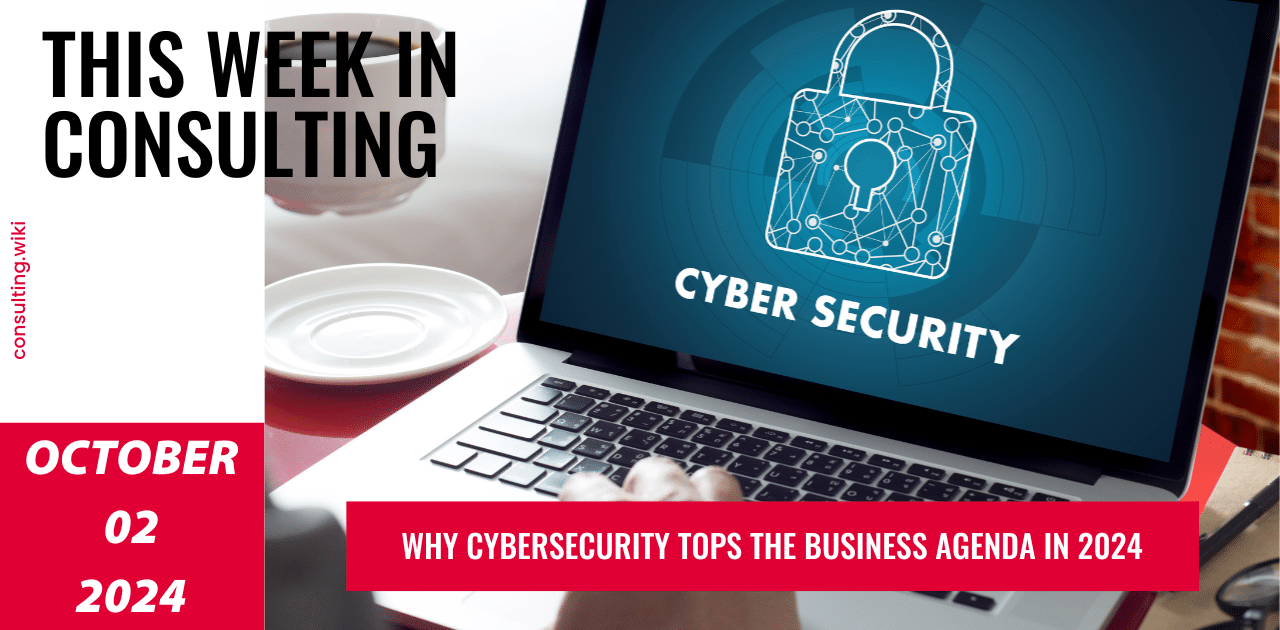
Best Ways to Prioritize Consulting Projects – Top 8 Questions in Achieving Clarity
“Almost always, great new ideas don’t emerge from within a single person or function, but at the intersection of functions or people that have never met before.” – Clayton M. Christensen
How to prioritize Consulting projects? How to make sure you spend on the right projects? If you keep asking yourself these questions, we have some great tips. The proven methods discussed in this article can guide you in the right direction. So let’s get started.
These 8 Questions Will Help You Achieve Clarity –
1. Are your projects strategic? –
Among the consulting projects done during the last 12 months, how many were supporting your Strategy? Or at least considered strategic at the time they were launched?
There are mainly two types of strategic projects – Core Strategy Projects and Strategic Adaptation Projects. For example, a project that supports the advance of the long-term vision of the company is a Core Strategic Project, and one that supports the adaptation of internal rules and organizations will be Strategic Adaptation Project.
Read also...
The success of the project hugely depends on choosing the right partners to work with, and there are some surefire steps in the process of getting there.
2. Are your efforts congruent?
Whatever strategic model you are using, creating a sustainable competitive position relies on making choices, and strengthening specific activities to achieve a unique value proposition.
Those activities, also referred to as capabilities, will reinforce each other and make your positioning very difficult to replicate by the competition. If your competition can only achieve 95% of a given capability, it compounds when you combine seven of them.
The efforts you are deploying to implement your strategy need as a consequence to be congruent. You need to make sure you have mapped the key activities to execute your Strategy and that you are not leaving some key pieces on the side. It will probably require regularly reviewing the allocation of your resources and particularly the utilization of your consulting budget.
3. Is your sequencing/timing optimal?
Timing is everything, as the popular saying goes. It can make all the difference when you are planning projects through the years and sequencing them smartly.
Take another look at the projects you launched last year.
- Did you launch them at the right time?
- Was the whole project a high priority?
- Did you break down the project in relevant phases?
- Were there phases that could have been launched later?
- Did you evaluate the interdependencies with other activities or projects in your sequencing/timing of the project?
- Were you able to self-fund some of your projects?
- Did your projects integrate quick gains to facilitate change?
4. Do you have the right ROI?
We cannot talk about Strategy alignment and Consulting Spend without touching upon Return on Investment and performance. You must know if you have spent your money on the right projects, and if you got the results you expected?
- Were you able to attain the strategic goals you had defined at the beginning of the year?
- Are you satisfied with the ROI of the projects you launched last year?
- Are you satisfied with the performance of the consultants you hired last year?
- Do you feel you got the right value for your money?
Measuring the performance of your consulting project and evaluating the Return on Investment is the first step to optimizing your use of Consulting.
5. Did you define a Consulting Strategy?
Maybe that’s the most important part. Like any strategic lever, Consulting has to be integrated early on in the strategic cycle to get the full benefits of its utilization. We have mentioned the importance of aligning your consulting spend and your overall Strategy. Going one step further, you can define the way you use consulting in your company by translating your Strategy into a Consulting Strategy.
- Translate your high-level priorities into clusters and define what resources you want to allocate to each cluster.
- Identify the potential projects and determine the contribution to each of your clusters
- Define priorities, smarty sequence your projects, manage interdependencies, and run a make-or-buy assessment.
Defining the Consulting Strategy is a team exercise. If your volume of Consulting is significant, you should consider devoting a small team to run the strategy definition cycle and guarantee the execution of the Strategy. Don’t hesitate to mix roles between Strategy and Procurement teams.
Ultimately, the goal of this exercise is not to take over decision-making. The Business Lines need to keep control over their Consulting Spend. However, you still need to make sure that they get the most value from Consulting by implementing the right practices.
6. Are you optimizing your utilization of Consulting?
There are a few steps you can take to reach the best-in-class level and literally unleash your value-creation machine.
- Are you grouping similar projects?
Among the strategic projects, you might find some redundancies on the projects and/or potential synergies. You might find yourself in one (or more) of the following situations:
- You have launched roughly the same projects in different parts of the organization. When a strategic direction is set, all the business units and functions have to translate into their Strategy. And often, it is translated on the same actions and projects.
- You have worked with the same consulting firm across the board. Some consulting firms have unique niche expertise. If different parts of the organization had to work in the same field, they might have worked with the same consultants. Client familiarity and personal recommendations are two major drivers of choice for consulting providers.
- You have worked on the same subject through a set of projects. It can happen because your teams wanted to stay under the demand management threshold or because the uncertainty was too high at the beginning of the project to engage on a larger scale.
As you can see, there are many ways to find synergies on projects. One common mistake in the situations mentioned above is the lack of anticipation.
7. Did you design your Make-or-Buy Strategy?
Most companies weigh in the benefits of handling a project internally rather than hiring consultants. But all executives don’t have the same understanding of project management, consulting and procurement leading to uneven decisions, and thus value creation.
To even the field and take control of the process, you should define a Make-or-Buy strategy closely related to your demand management system. Your Strategy should guide your executives through 3 main steps:
- Is my project a good candidate for externalization? Project “cemeteries” are full of projects with a vague scope and unclear deliverables.
- Is this project key to executing my Strategy? Or in other words, is the project aligned with my Strategy?
Will hiring external consultants on this project create more value than building an internal team? It is a key element of the Make-or-Buy dilemma. You can decide to outsource a project to access niche skills or leverage a third-party intervention. But in any case, you need to generate a higher value.
8. How do you handle the Tail of your Consulting Spend?
A lot of companies are starting to realize that the tail can represent huge savings potentials. Since the pressure on operational expenses is not going away, it can be another initiative to reach their savings target.
More than in other categories, the tail spend has to be assessed by executives with a solid understanding of both procurement practices and the consulting market and economics. The good news is that when the tail spend is properly managed, you can expect from 5% to 40% of savings. Sounds exciting, doesn’t it?
Ready to launch your next project?
Need a fresh point of view? We will be happy to help.
Please give us a call today, at no obligation, to get the conversation started.
Hélène Laffitte is the CEO of Consulting Quest, a Global Performance-Driven Consulting Platform and author of “Smart Consulting Sourcing”, a step by step guide to getting the best ROI from your consulting. With a blend of experience in Procurement and Consulting, Hélène is passionate about helping Companies create more value through Consulting.




